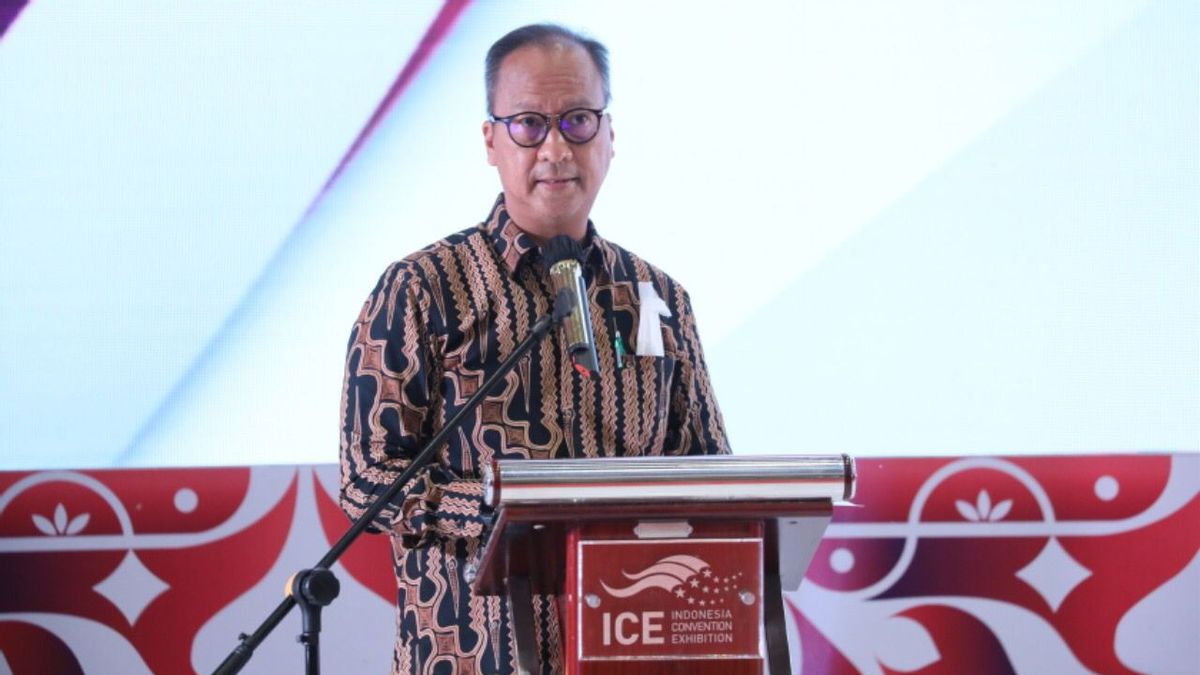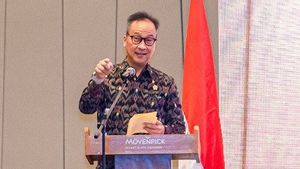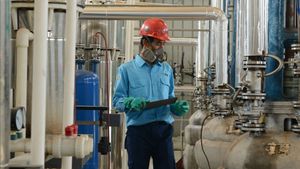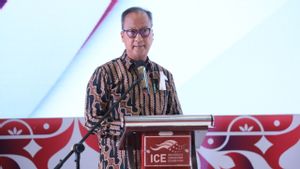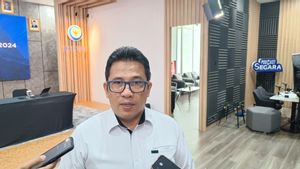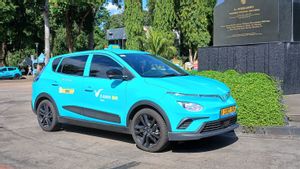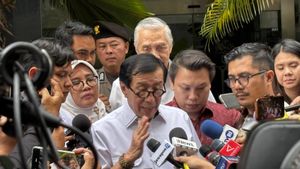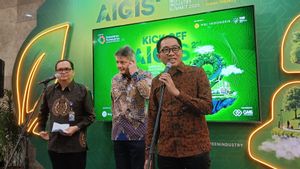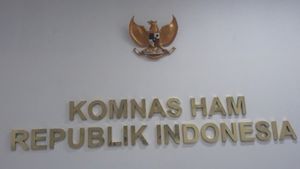JAKARTA - The Ministry of Industry (Kemenperin) revealed a strategy used to accelerate the target of net zero emissions (NZE) in the industrial sector, namely by minimizing industrial waste components and suppressing emissions from energy use.
"One of the steps to accelerate the target of Net Zero Emissions (NZE) is to minimize the components of industrial waste and IPPU (Industrial Process and Product Use) in the industry," said Minister of Industry (Menperin) Agus Gumiwang Kartasasmita quoted from ANTARA, Friday, October 13.
The Ministry of Industry noted that currently the industrial sector contributes about 15-20 percent of the total national greenhouse gas emissions.
For this reason, the Ministry of Industry is focused on implementing decarbonization strategies in the industrial sector by embracing relevant stakeholders.
When viewed from the source of the emission, 60 percent comes from the use of energy, while 25 percent of emissions from industrial waste, and 15 percent comes from IPPU.
Agus revealed that the dominant emissions originating from energy use will continue to be suppressed by increasing synergy with other Ministries/Institutions, as well as stakeholders who play an important role in providing clean energy sources.
This is because a number of industrial sub-sectors, such as transportation equipment, have fairly high life cycle emissions (Life Cycle Emissions).
Life Cycle Emissions shows the total amount of greenhouse gases and particles released during the vehicle's life cycle ranging from production to use and disposal (disposal).
Agus gave a comparison, based on a 2021 Polestar and Rivian study in Europe, North America, and Asia Pacific reported on the Polestar and Rivian Pathway Report (2023), during its life cycle, emissions produced by electric vehicles were lower, namely 39 tons of carbon dioxide equivalent (tCO2e), compared to hybrid electric vehicles (HEV) of 47 tCO2e, and conventional or internal combustion engines (ICE) vehicles that reached 55 tCO2e.
The high Life Cycle Emissions of conventional vehicles and hybrid electric vehicles mainly comes from exhaust emission factors during use (tailpipe emissions), 32 tCO2e (57 percent) and 24 tCO2e (51 percent), respectively. Meanwhile, in electric vehicles, the electricity production factor is the main factor for emitting emissions, namely 26 tCO2e (66.7 percent).
The carbon footprint is also found in the production of BEV electric vehicle batteries and hybrid electric vehicles, respectively 5 tCO2e and 1 tCO2e.
The production of batteries and other components requires significant mineral mining and energy.
However, currently, innovation and improvement have developed in battery supply chains and packaging technology to reduce this impact.
During use, electric vehicles do not produce exhaust emissions because they use electric motors and batteries as driving them.
Meanwhile, conventional vehicles produce direct emissions from the fuel combustion process depending on the type and quality of fuel used (for example, gasoline or diesel) and engine efficiency.
However, it is important to note that the impact of emissions during the life cycle of vehicles is strongly influenced by the electrical energy sources used.
Electric vehicle emissions will be much lower if the electrical energy used for the production process and when charging the batteries comes from environmentally friendly clean energy.
"So, it is hoped that the decarbonization of the electricity sector can help reduce the use of the emission phase on the BEV," explained the Minister of Industry.
VOIR éGALEMENT:
In general, the decarbonization strategy in the industrial sector consists of the use of energy efficient and low emission technology, the use of new and renewable energy (EBT), energy efficiency, water, and raw materials, as well as waste management and circular economy.
"We also encourage the industrial sector to be more proactive, so that the achievement of NZE targets in the industrial sector must be achieved by 2050, or 10 years faster than the national NZE target by 2060," said the Minister of Industry.
The English, Chinese, Japanese, Arabic, and French versions are automatically generated by the AI. So there may still be inaccuracies in translating, please always see Indonesian as our main language. (system supported by DigitalSiber.id)
